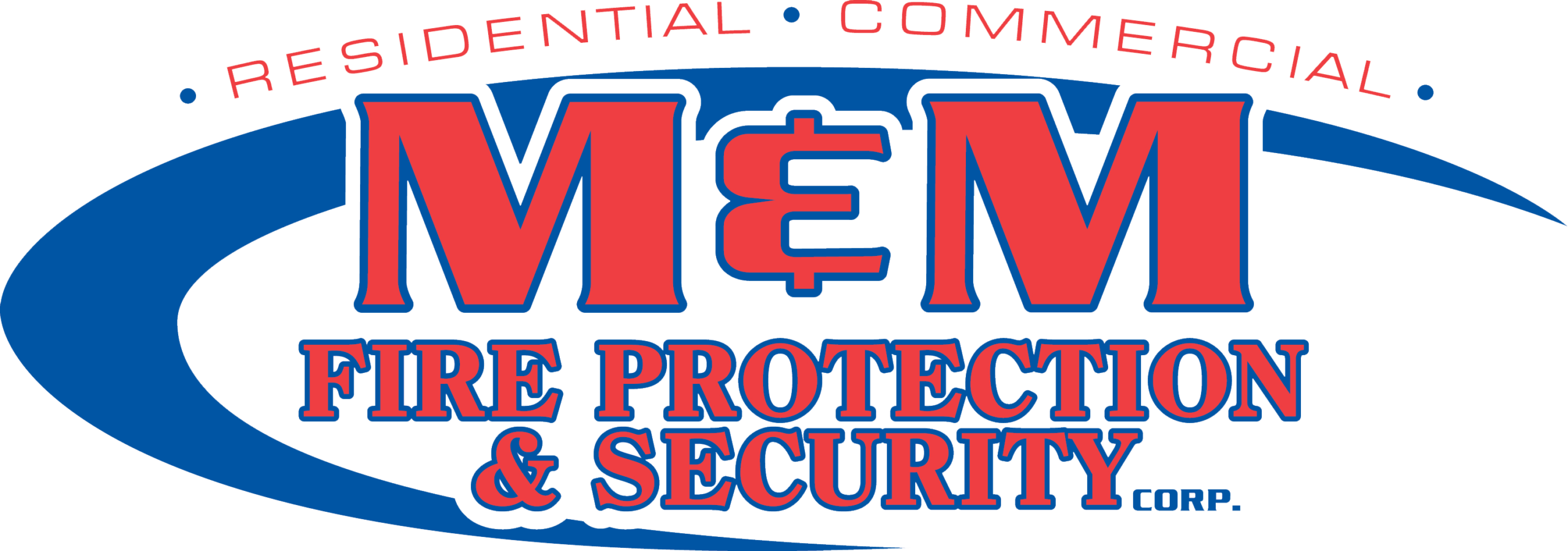[av_textblock size=” font_color=” color=” av-medium-font-size=” av-small-font-size=” av-mini-font-size=” av_uid=’av-k20qypyk’ admin_preview_bg=”]
Running a profitable business is no small feat, one made all the more difficult by acts of burglary, vandalism, shoplifting, and employee theft. It’s estimated that around 450,000 burglaries are committed against businesses every year. Retail properties alone suffer from an $800 million loss in lifted goods. Even employee theft costs businesses a staggering $50 billion dollars a year.
Despite these statistics, there is good news. Studies show that simply having a visible surveillance system is enough to discourage nearly sixty percent of burglars and can act as a strong deterrent against would-be employee thievery. Between burglary, employee theft, and undesirable workplace incidences, having a comprehensive video security system in your business is a must.
Camera placement best practices
Of course, a camera is only as valuable as its contributions to your business’ security. Proper camera placement is the difference between catching an image of a shoplifter’s face and an image of the bagboy.
Every business has unique needs that require the installation of a customized surveillance system. However, there are some general rules-of-thumb business owners should consider when evaluating camera placement to ensure maximum efficiency of their system. Important locations to install a camera include:
High-targeted areas
Most break-ins occur through the front door, the back door, or a first floor window. Placing cameras to cover these popularly targeted or high traffic areas is a must for comprehensive coverage of your business.
High-value assets
Burglars like to target goods that are both easy to physically move and easy to sell on the street. Focus cameras on electronics, jewelry, tools, safes, or any other high-value assets that are attractive marks. Even sensitive documents could be lifted by criminals to sell people’s identities. In short, cameras should be covering anything you can’t afford to lose.
Points of ingress/egress
Surveillance systems are handy for catching crooks, but they’re also essential tools for watching your business during operating hours. Placing cameras at all entry/exit doors and reception areas leaves little doubt as to who gained access to your building and when, whether they were invited or not.
Points of sale
Many businesses see most employee theft occur at conventional points of sale. Because cash and card transactions occur most commonly in these areas, video recordings of points of sale are invaluable. Even if you absolutely trust your employees, having a camera covering a point of sale can also be used to clear up disputes with customers should they ever arise.
Building exteriors
Outside of keeping an eye on your physical property, exterior cameras are also handy on keeping an eye on highly-trafficked parking lots, loading docks, and driveways. Corner-mounted cameras are often best, as having one positioned at every corner and angled correctly can cover the entire exterior of a business.
Secluded areas
Violent crimes are more likely to occur in less-trafficked areas. Pointing an eye-in-the-sky at alleyways, hallways, dumpsters, or storage sheds can help protect your personnel and your property.
Warehouses and inventory rooms
Use cameras to provide complete coverage of stockrooms or warehouse floors to deter employee theft.Several factors play into where and how a camera should be placed within your business. For instance, the angle of a camera should be considered in addition to its physical location. Angling a camera is often a tricky balancing act between capturing images of a subject’s face while also keeping the camera out of the reach of prospective vandals. Additionally, different styles of cameras are used for different purposes, so choosing the camera that works best for your situation is equally important.
[/av_textblock]

